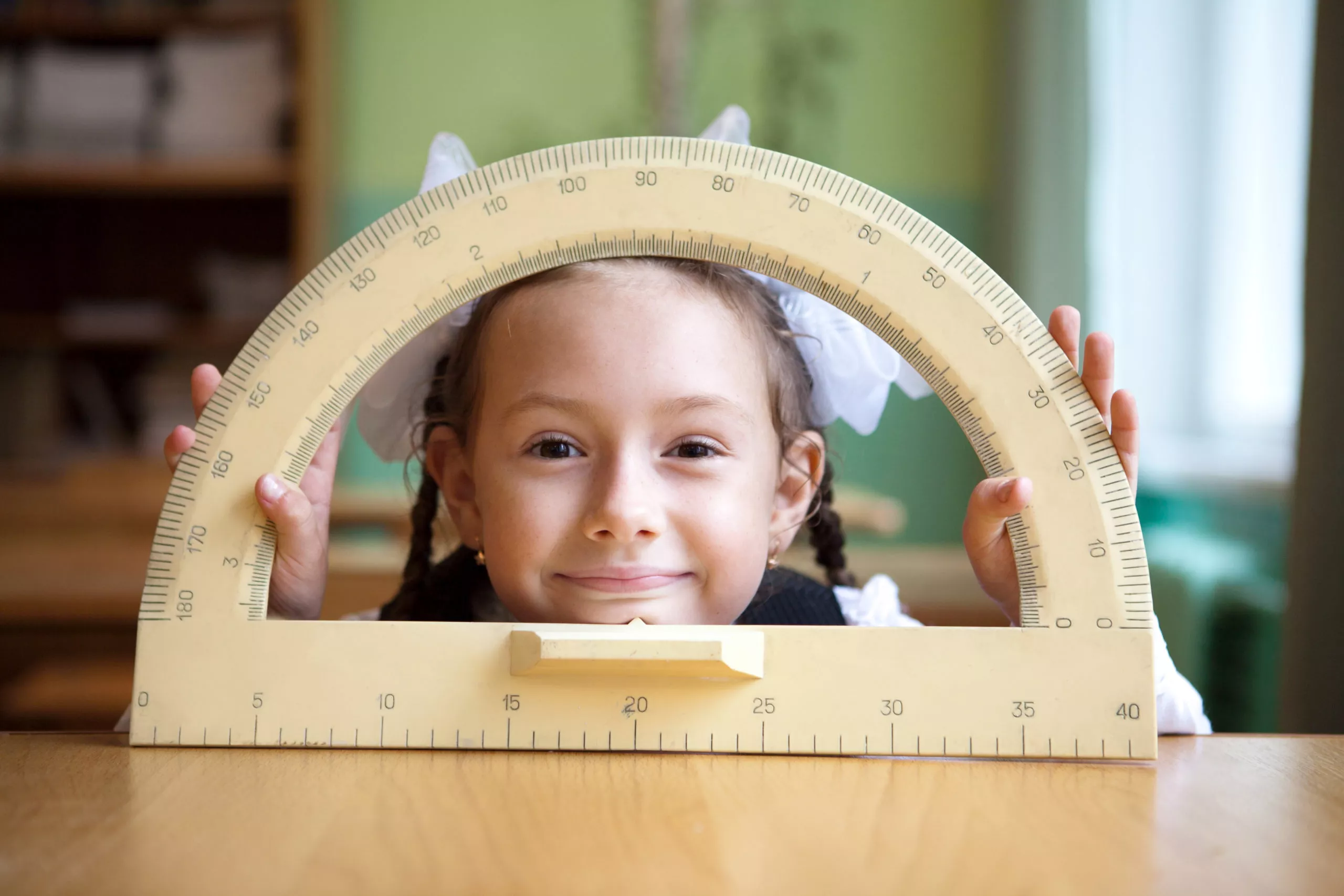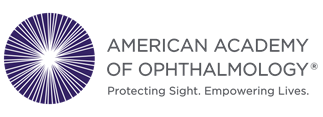Written By: Aparna Ramasubramanian MD
courtesy of AAO
This cluster-randomized, intervention-controlled study examined the effect of a school-based program encouraging outdoor activities on myopia.
Study design
Researchers recruited grade 1 school children from 16 different Taiwanese schools. Of the 693 students included, 276 were encouraged to spend 11 hours/week outdoors through a school-based program. The remainder of children were in the control group and continued regular activities.
Outcomes
Light intervention reduced both myopic shift (0.35 D vs. 0.47 D; P=0.002) and axial elongation
(0.28 mm vs. 0.33 mm; P=0.003). Risk of rapid myopia progression was also 54% lower in the intervention cohort compared with controls. Effects were significant in both nonmyopic and myopic children.
Investigators noted that longer exposure to moderate sunlight intensity (i.e., hallways, under trees) was as effective as short exposure to high sunlight intensity for preventing myopia.
Limitations
Eight schools dropped out of the study, which affected the randomization, but the data was balanced at enrollment. Since myopia is prevalent in Taiwan, the country already has programs in place to improve exposure to sunlight. These initiatives may have affected the current study. The time spent outdoors after school was not quantified.
Clinical significance
Myopia is a global epidemic with projected prevalence to reach 52% by year 2050 (WHO data). This study suggests that school-based promotion of outdoor activity can decrease myopia progression. It also demonstrated that lower light intensity was sufficient for this protective effect.

